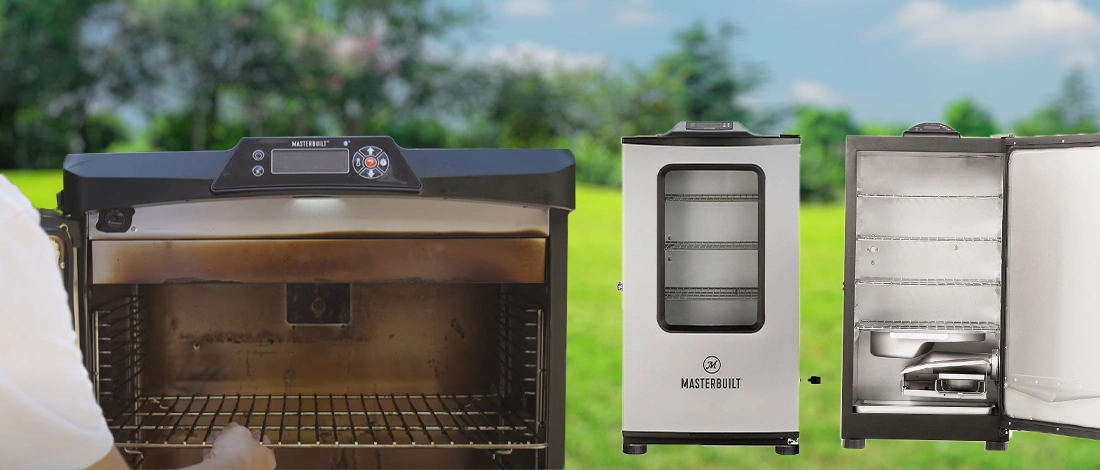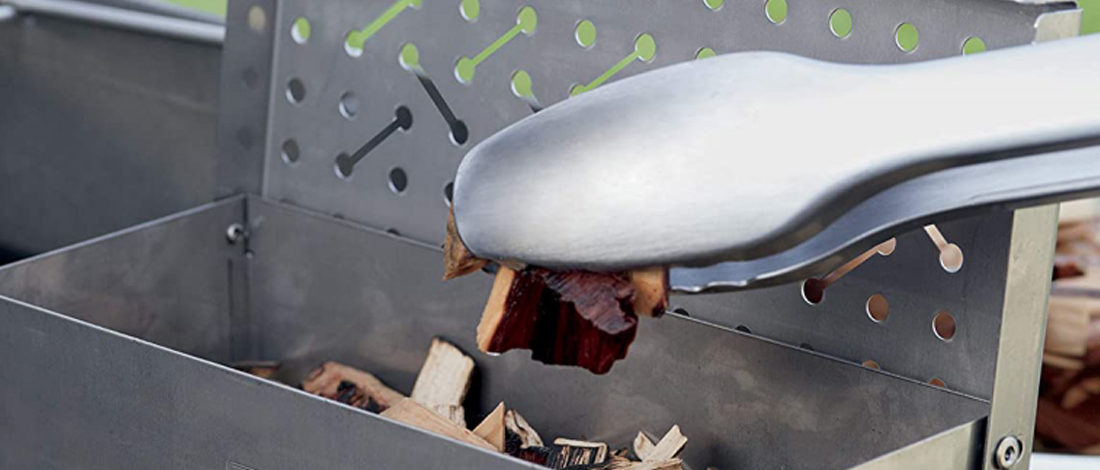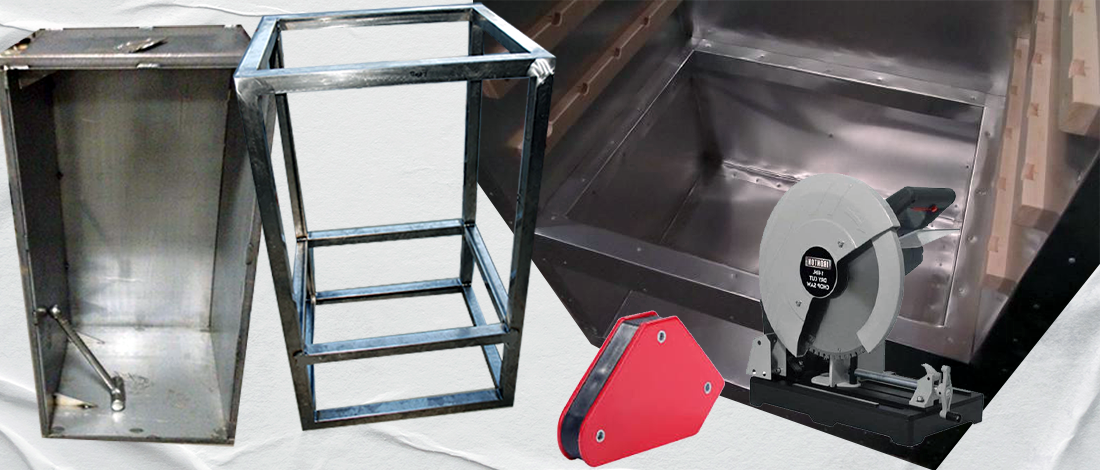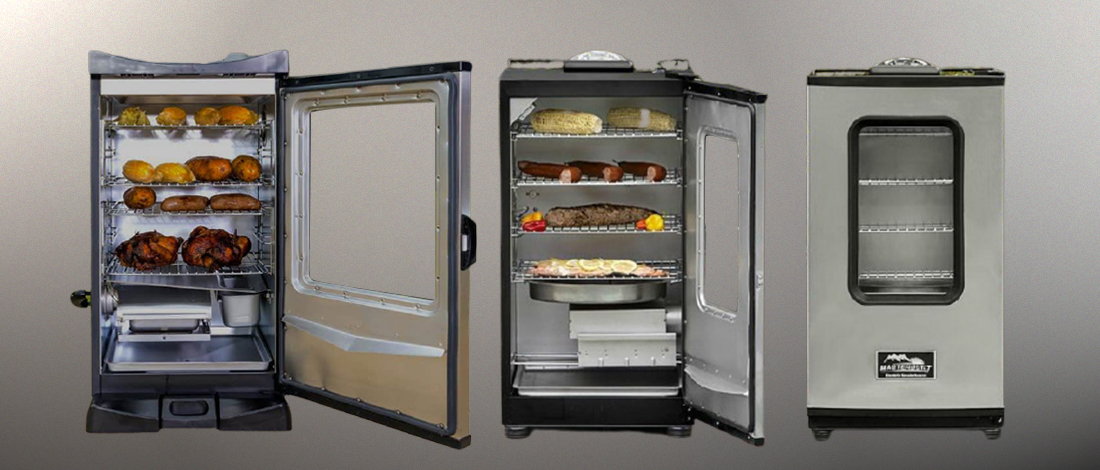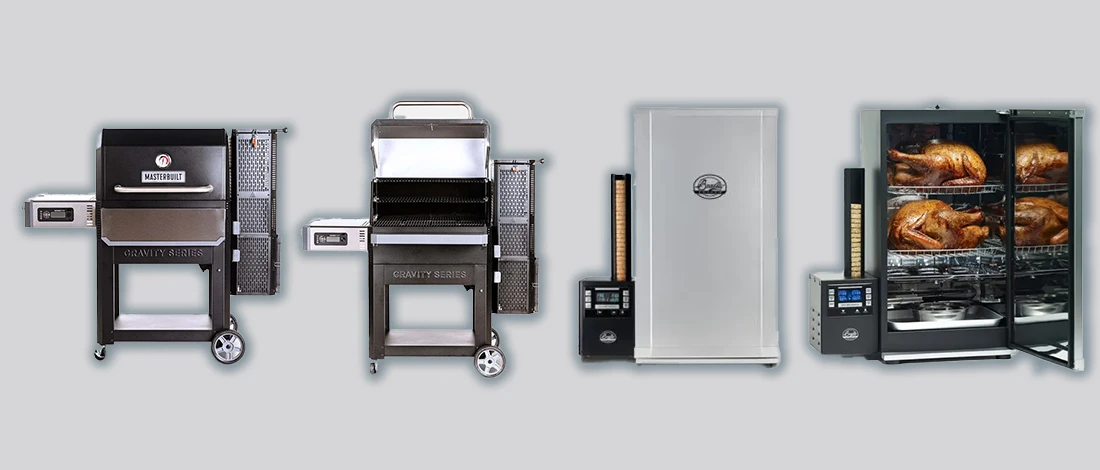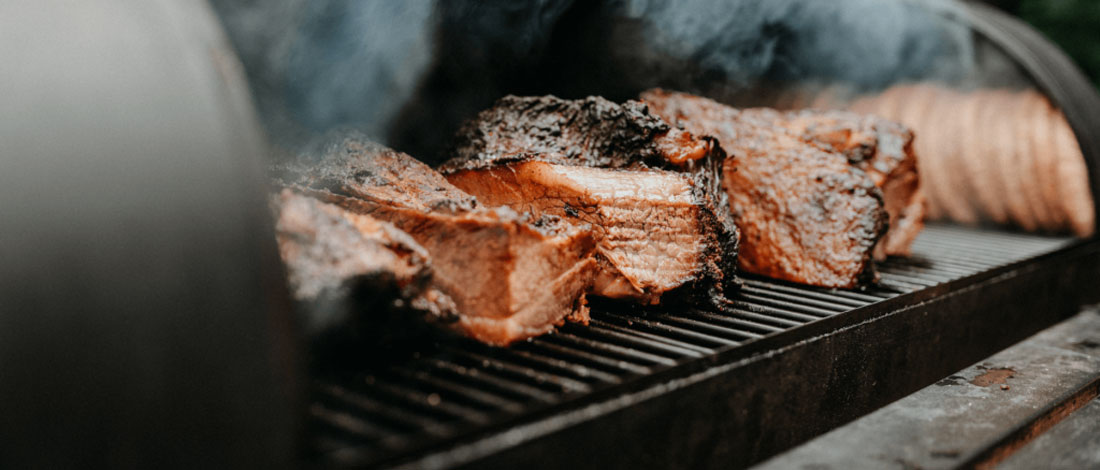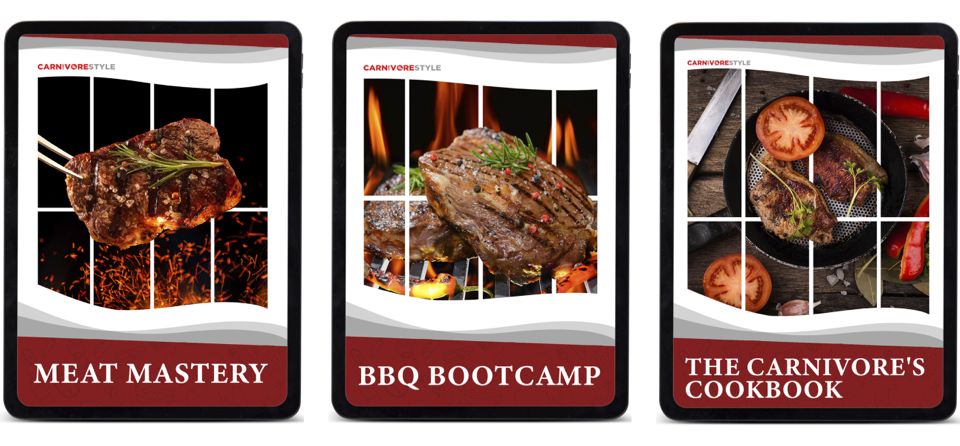Nothing is worse than getting a new Masterbuilt propane smoker and your first round of food tastes like a chunk of metal, factory paint, or plastic. It all comes down to seasoning your Masterbuilt propane smoker before you use it.
The team and I at Carnivore Style wanted to bring you a quick guide so your first smoke can be one for the books. You’ll be happy to find out that the seasoning process is easy.
Quick Summary
- Seasoning involves cleaning the smoker, coating the interior with oil, reassembling, heating with wood chips, and repeating the process to create a protective layer.
- It prevents rust, burns off manufacturing impurities, enhances meat taste, and preserves the smoker's life by forming a carbon layer.
- The best propane smoker seasoning is cooking oil, as according to a 2018 study in ACS Publications, it lowers bacterial levels on the cooking equipment up to 1,000x [1].
- It's recommended to season at least once before the first use, and the process includes specific steps of cleaning, drying, oiling, heating, and smoking.
What Is A Masterbuilt Propane Smoker?
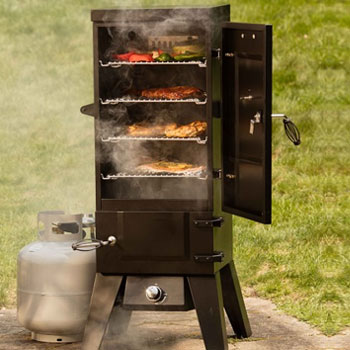
The Masterbuilt propane smoker is a type of smoker that uses propane as the fuel source for cooking food.
Masterbuilt propane smokers come with a water pan, a wood chip tray, and an electric igniter.
Smoking with propane is one of the most fuel-efficient methods of smoking. The propane heats up the wood chunks, which produces smoke.
Masterbuilt created its first propane smoker in 1973. According to research done by ZipDo, propane is the most popular grill nowadays, with 59% of all grill users opting for propane grills [2].
Masterbuilt is currently run by the McLemore family. They offer all types of smokers, including propane and electric smokers.
Benefits Of Seasoning Your Masterbuilt Propane Smoker
Seasoning your new smoker can help preserve the life of your unit for many years. The seasoning process will create a layer of carbon that will protect the interior walls from rust, water, and other food grime. It will help the condensation drip off instead of accumulating.
These seasoning steps will also burn off any of the manufacturing impurities that may be present on the inside of these smokers. When the chamber is sprayed, it can sometimes leave behind paint chips, metal, dust, and other solvents.
You don’t want those toxic chemicals added to your favorite BBQ recipes.
Highlights
- Prevents rust build-up
- Burns off manufacturing impurities
- Will make the meat taste better
When To Season A Masterbuilt Propane Smoker

We recommend seasoning your Masterbuilt smoker at least once before the first time you rack up the ribs. While it is not necessary, you can season your Masterbuilt smoker a couple of times per year after the first smoke.
If your smoker gets extremely dirty, you can do a deep clean and reseason it to maintain the protective coating on the inside.
“The main benefit of a smoker is that you achieve maximum flavor from your food and it’s healthier.”
- Max Hardy, Owner/Head Chef, Coop Detroit
Related Article: How To Season An Offset Smoker
Quick Steps To Season A Masterbuilt Propane Smoker
Step 1
You should perform an initial clean of your smoker before you start the seasoning process. We recommend taking the cooking racks, drip tray, and water tray out of their boxes and washing them with mild soap and a sponge.
You should also wipe down the interior of the smoker to remove any dust or factory grease.
Step 2
Set the cooking racks aside and leave the door open, so the inside of the smoker can air dry. Make sure that the interior chamber is completely dry before going through the next steps.
Step 3
While the smoker is still unassembled, use cooking oil or grapeseed oil to coat the inside of the smoker and the door. It is important that you cover the interior door of the smoking chamber, but you don’t need to coat the rest. You should also use oil to coat the racks.
We recommend getting a brand new paintbrush and a can to apply the oil in broad strokes. You might also be able to dab a paper towel in oil and wipe the important parts. You don’t need to apply a thick layer.
Step 4

To start seasoning, reassemble the smoker and screw in the gas tank. Place the water tray inside, but do not fill it up. Put about 1 cup of wood chips into the designated tray above the heating element. Close all of the doors and seal them shut with the latch.
You should also keep the vents closed to bring the temperature up. Once the gas smoker is smoking, then you can open the vents to control the smoke.
Push the igniter button and wait for the grill to reach a temperature of about 350 degrees Fahrenheit (177 C). The wood chunks should catch fire and start smoking within about 15 to 30 minutes.
Step 5
During seasoning, the grill should be closed and on the high heat of 350 degrees for about 120 minutes. Let the wood chunks burn in the pan, but periodically check to ensure that you don’t need to add more.
Once the chunks have been smoked, then add an additional 1 cup. You should see a lot of smoke once the smoker is good and hot.
Step 6
After the initial smoke time of 2 hours, then turn off the propane smoker and let it cool. Coat the inside of the door and the cooking racks with oil again.
Restart the smoker using the electric igniter and add more wood pieces. Bring the heat up to 350 degrees and let it smoke, but this time only for about 30 minutes.

Recommended Article: Masterbuilt Smoker Problems & Solutions
FAQs
How often should I season my Masterbuilt propane smoker?
Masterbuilt propane smokers should be seasoned at least once before you use it. They can also be reseasoned if they get really dirty over time.
How long does it take to season a Masterbuilt propane smoker?
These smokers take about 2 and a half hours to be fully seasoned and good to go for the next barbecue.
How much does it cost to run a propane smoker?
When gas smoking, you will use about $0.40 per hour. When smoking, propane is generally more efficient than using an electric smoker. Most units use about one propane tank per every 36 to 52 smoking hours. Always make sure that you turn off the gas when you’re not using it.
References
1.https://pubs.acs.org/doi/abs/10.1021/acsami.8b03788
2.https://zipdo.co/statistics/bbq-industry/


